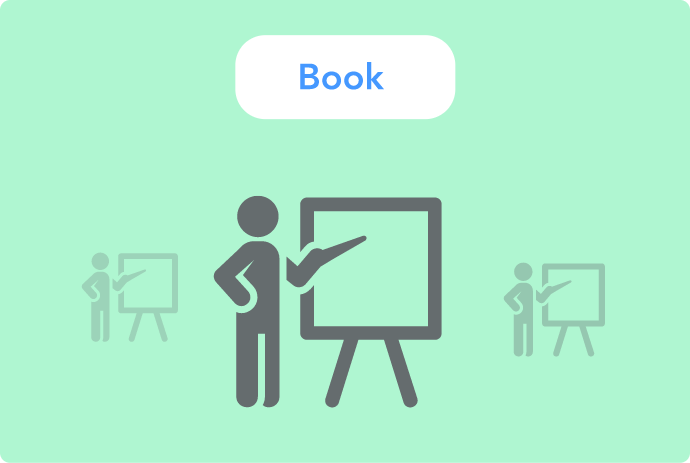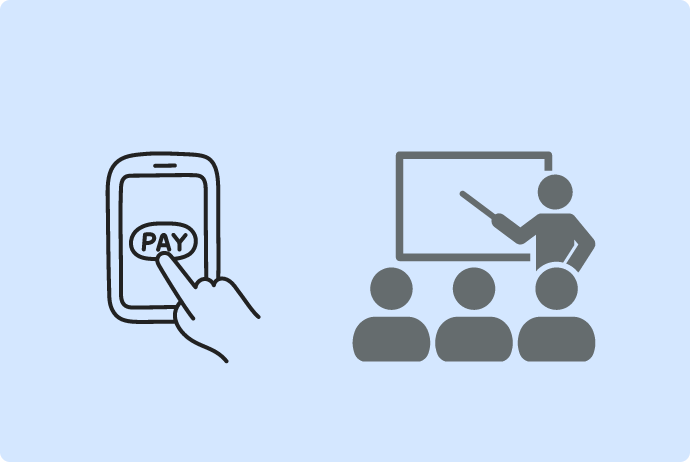Science and Mathematics for Class 10th and Programming Language Trainer for graduates
As a tutor, I can share with you the typical teaching experience when it comes to instructing students in the C++ programming language. Here is a step-by-step breakdown of the teaching process: Assessing the student's knowledge: As a tutor, the first step is to understand the student's existing knowledge and experience with programming in general and C++ in particular. This can be done through an initial conversation, questionnaire, or even a simple assessment test to gauge their understanding. Setting goals and objectives: Once the student's proficiency level is determined, you can work together to establish specific learning goals and objectives. These goals can be based on the student's aspirations, academic requirements, or personal interests. Planning the curriculum: Based on the established goals, you can develop a comprehensive curriculum that covers the necessary topics in C++ programming. This includes determining the order of topics, allocating time for each concept, and identifying suitable learning resources such as textbooks, online tutorials, or coding exercises. Explaining concepts: During the teaching sessions, you will begin by explaining the core concepts of C++ programming. This can involve using a combination of verbal explanations, visual aids, and interactive examples to ensure the student grasps the fundamental principles. Providing examples and practice exercises: To reinforce understanding, you can provide real-world examples and practical exercises that allow the student to apply the concepts learned. These exercises can range from simple coding problems to more complex programming challenges, helping the student build confidence and problem-solving skills. Debugging and troubleshooting: It is common for students to encounter errors and challenges while writing C++ programs. As a tutor, you would assist in identifying and debugging errors, explaining common mistakes, and guiding the student in troubleshooting their code effectively. This hands-on support is crucial in helping students overcome obstacles and develop their problem-solving abilities. Code reviews and feedback: As the student progresses, you can review their code submissions, provide constructive feedback, and suggest improvements. This helps in refining their coding style, adherence to best practices, and overall understanding of the language. Encouraging independent learning: While tutoring sessions are valuable, it is important to foster a sense of independence in the student's learning journey. Encourage them to explore additional resources, participate in coding challenges, and engage with the programming community to further enhance their skills. Monitoring progress: Continuously assess the student's progress by conducting periodic quizzes, assignments, or projects. This allows you to track their improvement, identify areas that need further attention, and adjust the teaching approach accordingly. Adapting to individual learning styles: Every student has a unique learning style. As a tutor, it's essential to adapt your teaching methods to cater to the student's preferences. Some students may benefit from visual aids, while others may require more hands-on coding exercises or interactive discussions. Continuous support and motivation: Being a tutor involves providing continuous support and motivation to your student. Encourage them during challenging times, celebrate their successes, and provide guidance and resources even beyond the formal teaching sessions. Remember, teaching C++ programming is not just about imparting knowledge but also about fostering a passion for coding, problem-solving, and logical thinking. By following these steps and tailoring your teaching approach to the individual needs of your students, you can help them develop a strong foundation in the C++ language and programming as a whole.


 Highly Rated Tutors
Highly Rated Tutors






